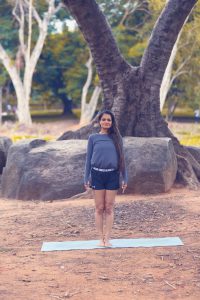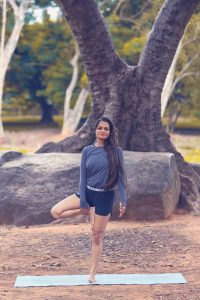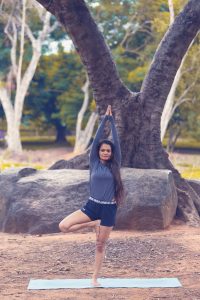
You can see the ancient clock tower of the old church in Liguria behind me. It would chime every half an hour. This is the road connecting Molino Pincion to the rest of the town. Down on my right is a stream which you can hear clearly every time you walk on this path.
Where
A yoga retreat in Liguria. To be honest, I’d never heard of Liguria. Genoa is close by, and I’d read references to it in a Shakespeare play, but never thought about visiting. Little did I know that one day Liguria would hold a special place in my heart. The location of my first full-fledged international yoga retreat.
We chose a small little getaway called Molino Pincion in the town of Dolcedo to conduct our retreat. The town is tiny, only 7.6 sq mi!!! The air is fresh, the streams are clear, the place lovely. The Pincion is a short walk across the town, through cobble stoned streets, across the church and up a small hill. The gurgling of the water in the streams is a constant as you walk around the town.
Although I’ve conducted numerous yoga retreats in the past, this one still got me out of my comfort zone.

Many of us experienced breakthroughs during this retreat. The headstand using chairs was something that no one had tried before, but as you can see, everyone gave it a go.

Susanne, a certified Iyengar yoga teacher, showed us many easy techniques to practice pranayama, including the usage of the bandage.
Who
It all started with an idea (as it usually does). The idea possibly germinated in Susanne mind when we went for an outing while at RIMYI in 2017. When she shared her idea with me. A year later she pinged me again and mentioned the retreat. Believing in our ability to plan a great retreat, I always responded in the affirmative. Finally 2 years later we had more detailed Skype discussions. The idea was evolving and gradually becoming a plan.

On the far right- my cousin Ishani on holiday from college. Center: my sister Ana on her birthday trip. Pictured here on the flight to Nice.
How
We were lucky to have a great mix of people. One of my sisters and a cousin even agreed to come with me!!! We had Lily dropping in from Berlin for the last four days and Paola coming in for a day from Genoa.
Susanne and I planned each day meticulously. I took the morning sessions, where we worked on building up to an advanced asana. Susanne took the evening and the pranayama sessions. It was the ideal mix. Morning were for a high-energy asana-intensive practice, while the evenings were to wind down and relax. Many participants also got pointers on how to use props to tackle personal challenges.
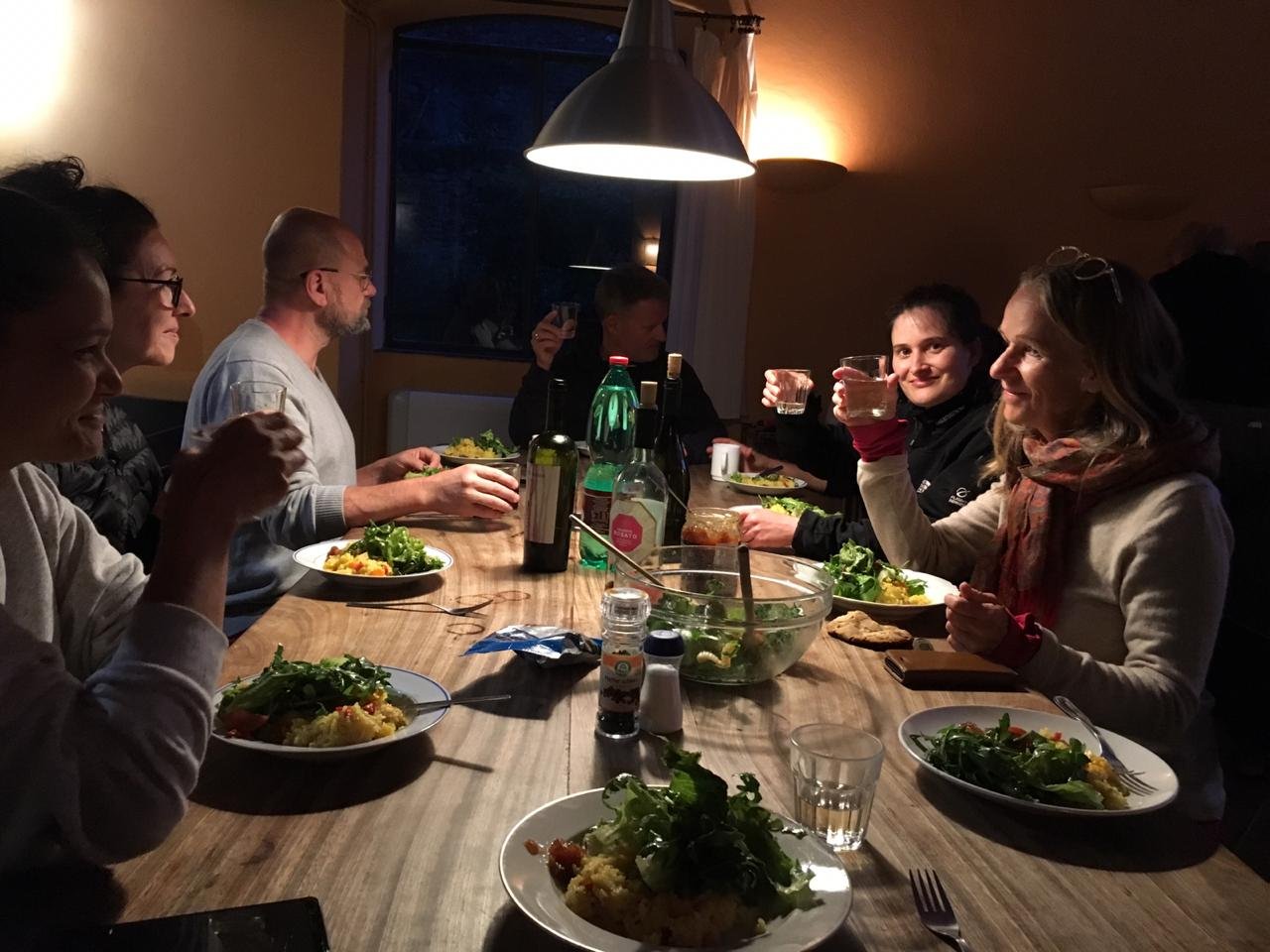
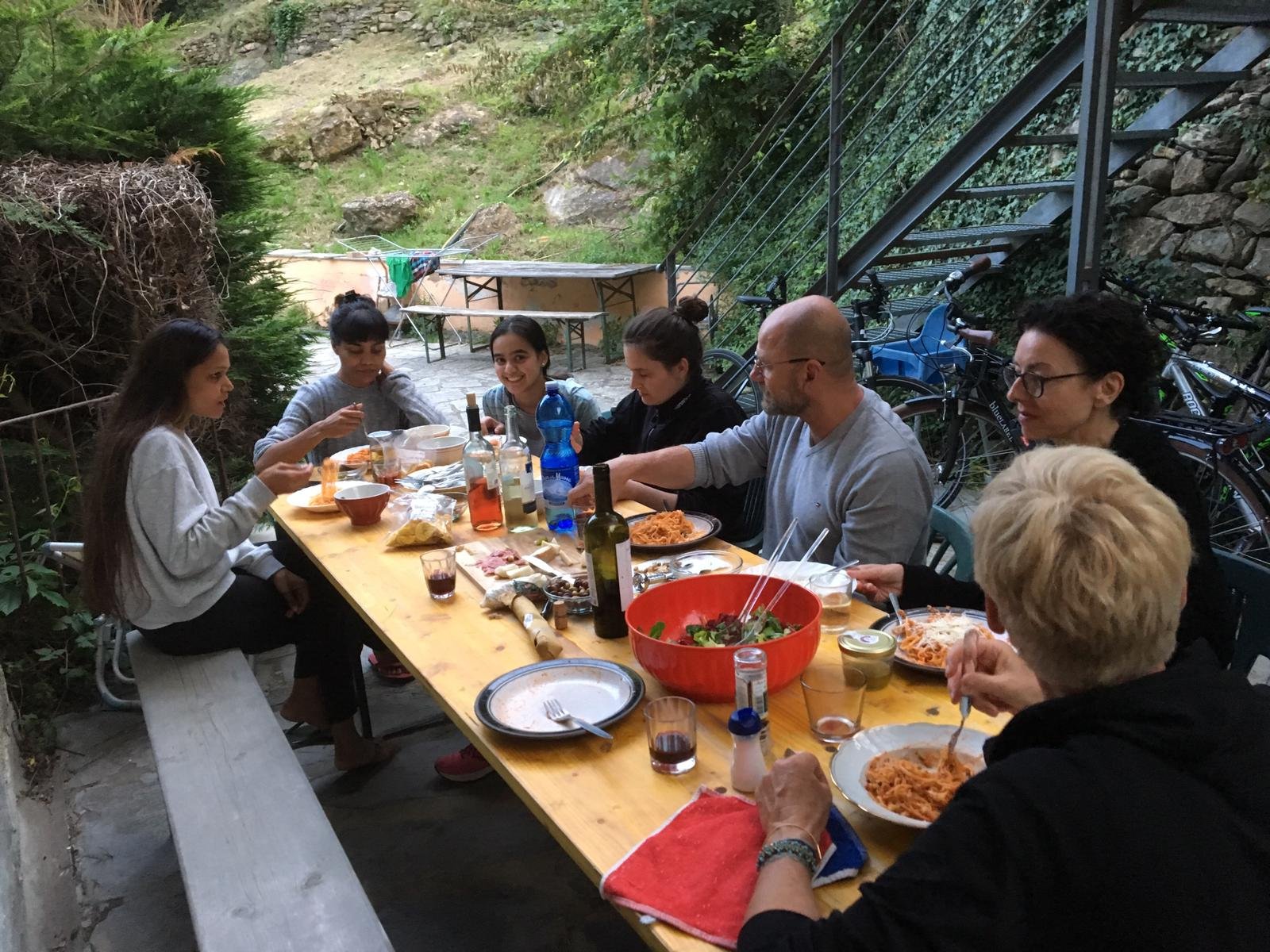
Personal
To be honest, I was super nervous as we touched down to Nice. My attempts to calm myself by writing down sequences also didn’t help.
Yoga teacher tip: writing down sequences can actually help you visualize them and deliver a better class.
It was only after the first two days of class that I felt I found my bearings. Susanne, on the other hand, was simply amazing. Clear instructions, confident and sure, firm adjustments. I knew I would learn a lot from teaching alongside an experienced and certified Iyengar yoga teacher, but I couldn’t have gauged just how deep my learning would be.
I don’t think I was ever relaxed during our seven days in Dolcedo. I went to sleep thinking about the sequence for the next day, I woke up before everyone else to flesh the sequence out. Once the class was over my mind automatically veered towards the class plan for the next day. However, I think that is part of the experience and possibly something that we have to come to terms with as teachers who conduct long retreats.
At the end of the retreat, many participants expressed a desire to come back next year…and Susanne and I will certainly be back next year to give you a bigger and better retreat. Stay tuned.
To read more about our retreat click here.

I love working with other teachers. There’s so much learning and growth that comes with it. Honored to have done this retreat with Susanne Meyer.

